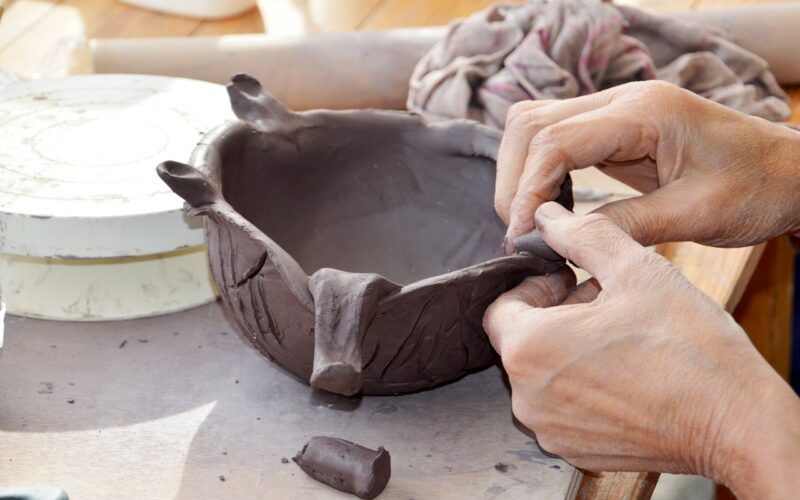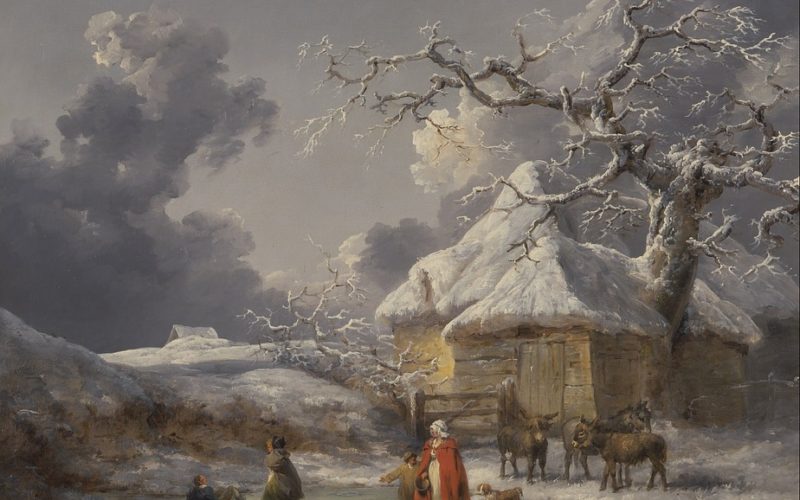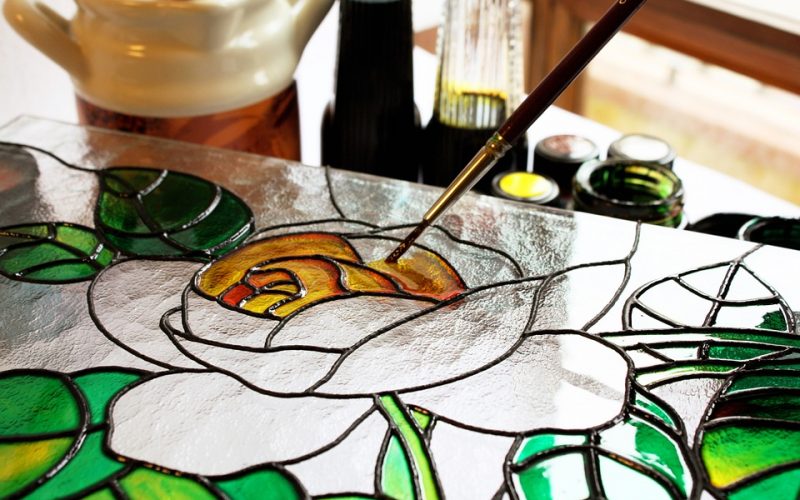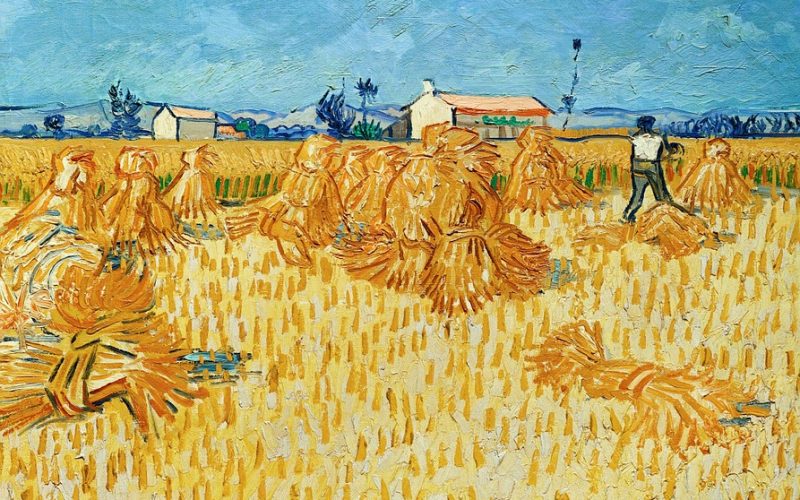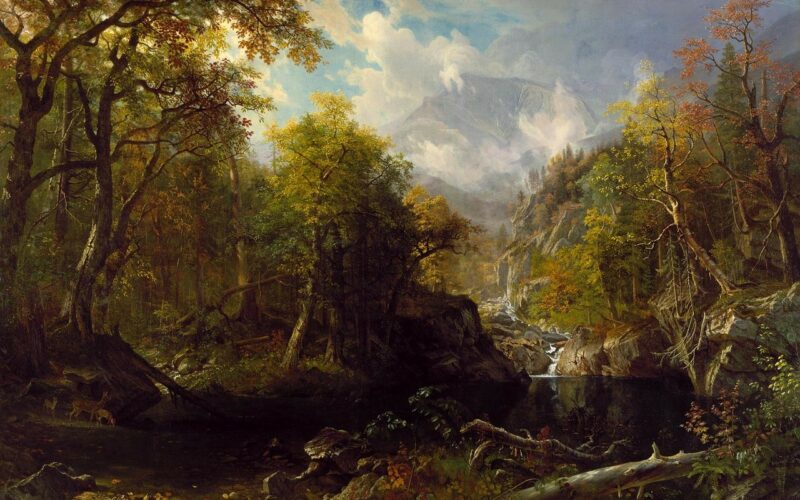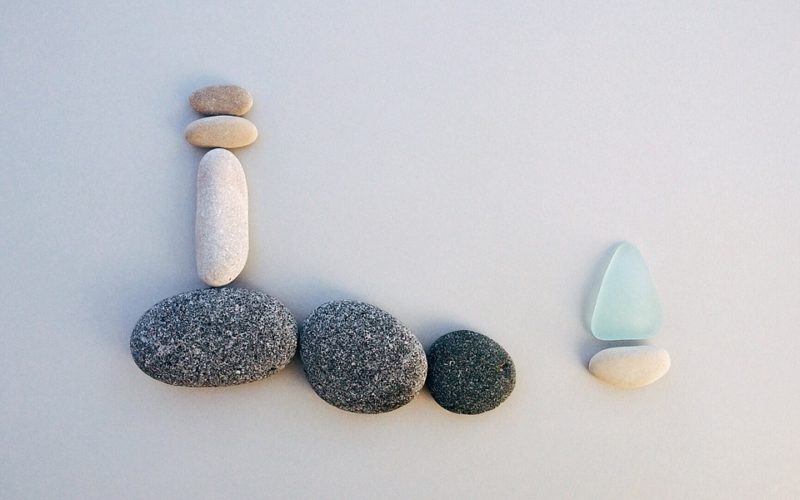Nature Through Pottery
Nature has always been a profound source of inspiration for artists across various mediums. Among these, ceramics stand out as a unique canvas where artisans throughout history have depicted the beauty of the natural world. From ancient times to the present day, ceramic pieces featuring nature not only showcase the skill of their creators but also offer glimpses into the cultural and environmental context of their time.
Early depictions of nature in ceramics
Early civilizations were among the first to use ceramics to represent the natural world. The Minoans of Crete, for instance, created pottery adorned with marine life such as octopuses and dolphins, reflecting their deep connection to the sea. These early ceramic transfers highlighted their appreciation for nature and their dependence on it for survival. Similarly, the ancient Greeks often incorporated floral motifs and scenes of everyday life into their pottery, seamlessly blending functionality with artistic expression.
Chinese ceramics and nature
Chinese ceramics have long been revered for their intricate designs and masterful craftsmanship. During the Tang dynasty (618–907 AD), the use of floral and animal motifs became prominent in Chinese pottery. This period saw the development of the famous sancai (three-colour) glaze, which was used to create vibrant and detailed representations of flowers, birds, and mythical creatures. The Song dynasty (960–1279 AD) further refined these techniques, producing elegant pieces that often featured delicate depictions of nature, such as the tranquil landscapes and serene water scenes found on their porcelain wares.
Japanese ceramics and nature
Japan's rich ceramic tradition is similarly steeped in natural imagery. The Edo period (1603–1868) witnessed the rise of the Imari and Kutani styles, both of which frequently incorporated nature-inspired designs. Imari ceramics are known for their bold use of colour and intricate patterns, often featuring chrysanthemums, peonies, and other floral elements. Kutani ware, on the other hand, is characterised by its vivid overglaze enamels and detailed depictions of birds, flowers, and landscapes. These pieces not only served as functional objects but also as reflections of the Japanese reverence for nature.
European ceramics and nature
In Europe, the depiction of nature on ceramics became particularly popular during the Renaissance. Italian maiolica, a type of tin-glazed pottery, often featured elaborate scenes of flora and fauna, inspired by the naturalistic trends of the time. The 18th century saw the rise of botanical ceramics in England, where artists like Josiah Wedgwood created fine porcelain pieces adorned with detailed plant illustrations. These ceramic decals were not only decorative but also educational, showcasing the scientific interest in botany that was prevalent during the Enlightenment.
Modern interpretations of nature in ceramics
Today, contemporary ceramic artists continue to draw inspiration from nature, creating pieces that are both innovative and rooted in tradition. The use of glass decals has become increasingly popular, allowing for more intricate and colourful designs. Artists like Hitomi Hosono in the UK and Chris Antemann in the US use modern techniques to create stunning ceramic works that celebrate the natural world. These pieces often feature highly detailed floral patterns, animal figures, and landscape scenes, demonstrating the enduring appeal of nature in the world of ceramics.
The cultural significance of nature in ceramics
The depiction of nature in ceramics is not merely an artistic choice but often carries deeper cultural significance. In many cultures, certain plants and animals are imbued with symbolic meanings. For instance, the lotus flower is a common motif in Chinese ceramics, symbolising purity and enlightenment. Similarly, in Japanese art, the cherry blossom represents the transient nature of life. By incorporating these symbols into their work, ceramic artists create pieces that resonate on both an aesthetic and emotional level.
Nature has played a central role in the evolution of ceramic art, providing endless inspiration for artists across different cultures and eras. From the ancient Greeks and Chinese to contemporary creators, the depiction of the natural world on ceramics continues to captivate and inspire. With advancements in techniques, such as ceramic and glass enamels, the possibilities for representing nature in ceramics are more diverse and exciting than ever before. Whether through the delicate brushstrokes of a Song dynasty vase or the vibrant hues of a modern glass decal, the beauty of nature will undoubtedly continue to be celebrated in ceramics for generations to come.
